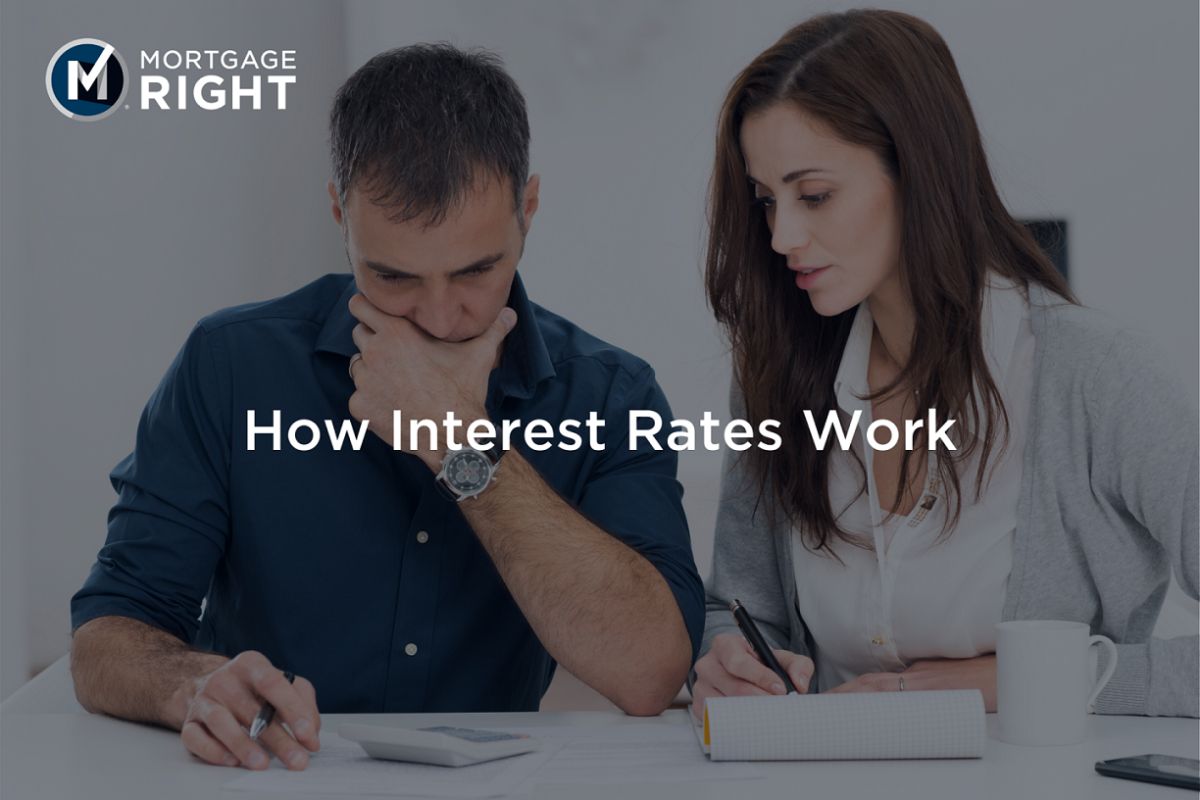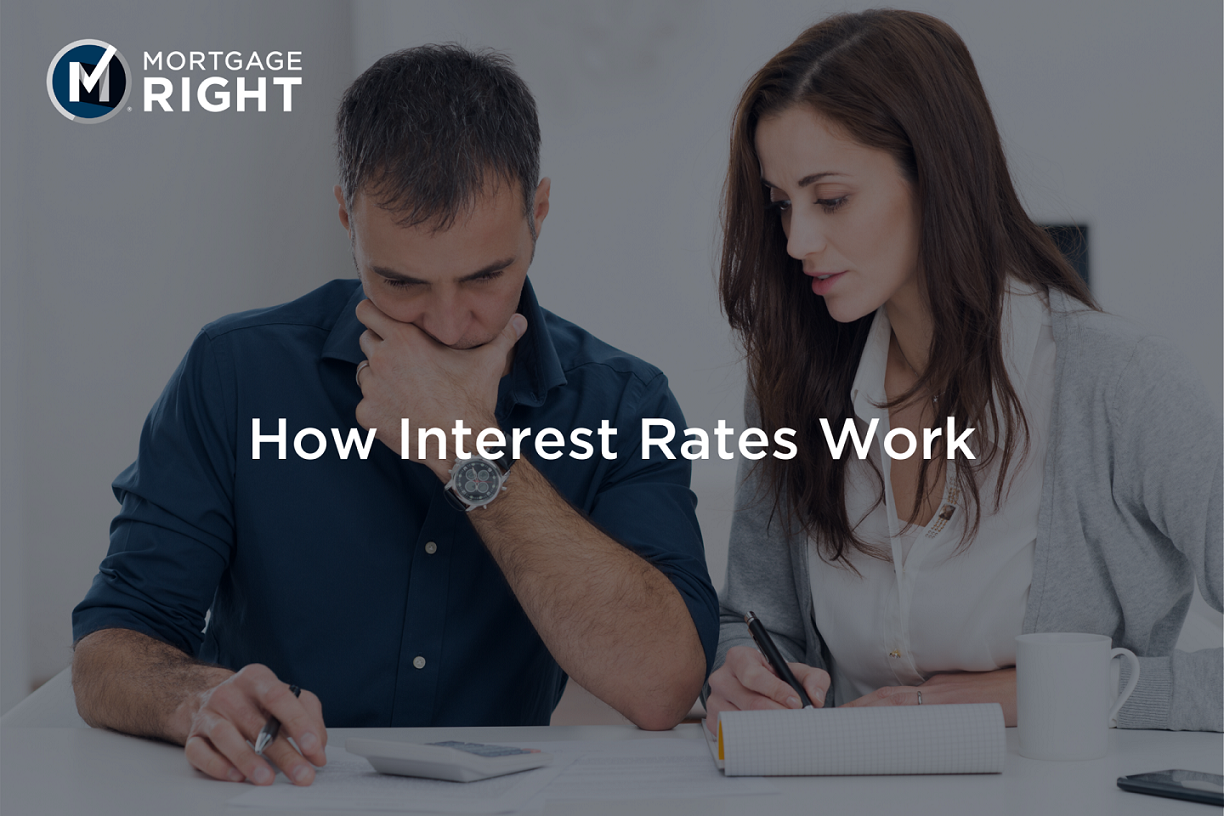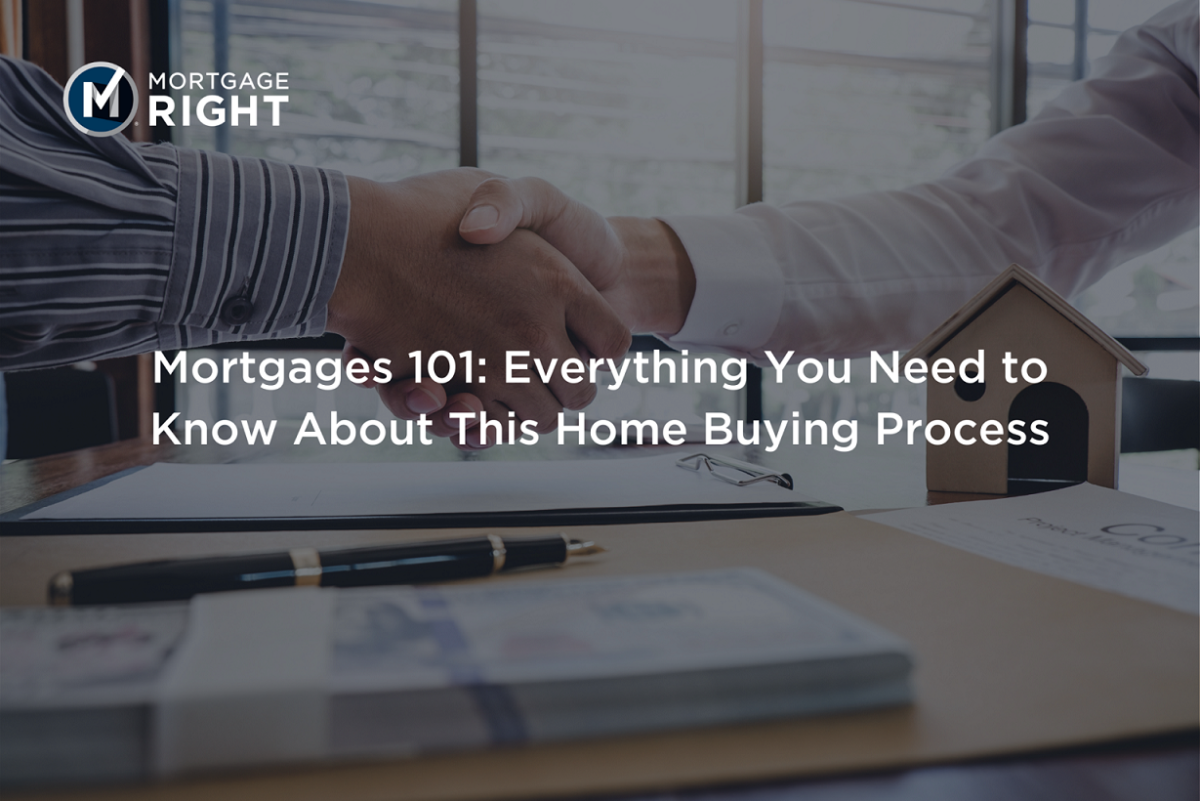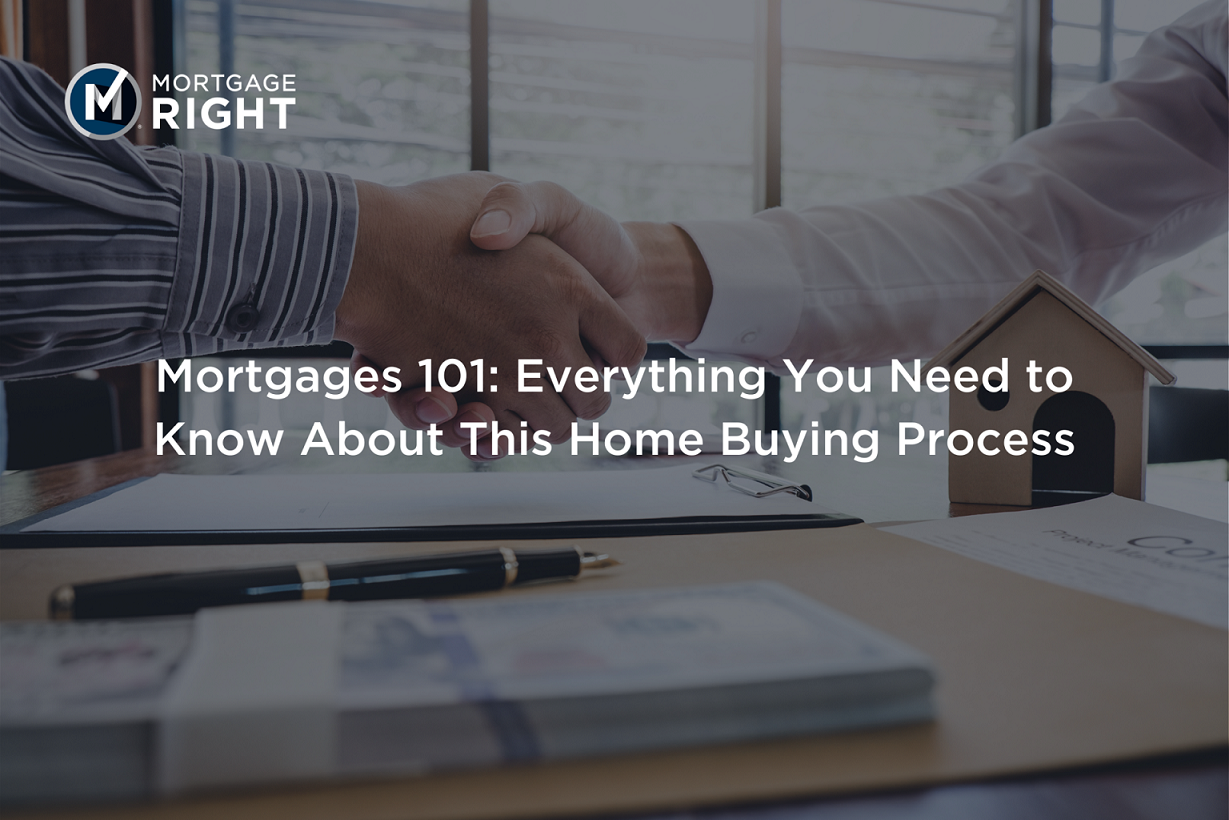
You’ve finally put some action behind the go-getter title your friends gave you and started a successful business. Now you’re looking for the perfect place to wind down after putting in the work. But as a self-employed individual, are there extra hoops you’ll need to jump through to buy your new home? Let’s find out.
Does Being Self-Employed Make it Harder to Get a Mortgage?
The answer depends on what you consider harder. The biggest difference between a self-employed and an otherwise employed person is the documentation a lender may request to increase your chances of approval.
When applying for a mortgage while self-employed, you need to be realistic about your income and what you can afford, prepared to submit more paperwork, and willing to pay constant attention to detail.
Understanding Your Unique Self-Employed Situation
When assessing a self-employed borrower, most lenders will want to have a good understanding of the nature and location of your business, your business’ financial viability when it comes to current and future income generation, and your personal income stability.
Employment Verification
Employment verification is the first step in proving you are successfully self-employed. Documents verifying self-employment status can include written communication from the following:
- Current (and past) clients indicating services performed
- A letter from your licensed CPA, or tax preparer
- A professional organization that can attest to your membership
- Any state or business license that you hold
- Evidence of worker compensation and insurance for your business
- A Doing Business As (DBA) issued at least 2 years prior to your application date
Income Documentation
You’re much more likely to be approved for a mortgage if you can provide proof of a steady income. You may think you only need a few tax documents to breeze through the income verification portion of the approval process, but there have been recent changes in requirements, and you need to be prepared.
In June 2020, mortgage organizations Fannie Mae and Freddie Mac instated specific income verification practices for self-employed borrowers. According to a bulletin posted by the organizations, “the mortgage file must include a written analysis of the self-employed income amount and justification of the determination that the income used to qualify the borrower is stable.”
Because of these new stipulations, your lender will now ask for the following to verify your income:
- 2 years of personal tax returns (this includes W-2s if you’re paid through your corporation)
- An unaudited year-to-date (YTD) profit and loss statement that is signed by the borrower and reports business revenue (i.e., gross receipts or sales), expenses, and net income Note: The statement must cover the most recent month preceding the application received date.
- 3 months business account statements no older than the latest two months represented on the YTD profit and loss statement Note: Personal asset account statements evidencing business deposits and expenses may be used when the borrower owns a small business and does not have a separate business account.
The Road to Approval
Documentation is not the only thing you should consider when it’s time to submit your mortgage application. The road to approval may be clear of speedbumps if you have these four segments of your financial portfolio in order.
Credit Score
If there’s one thing self-employed mortgage applicants share with every other applicant out there, it’s what lenders will view as an acceptable credit score.
Lenders look to your credit score for information on your debt repayment history, and a better score may equal more favorable loan terms, so be sure to keep your credit score as high as possible at all times.
Debt-To-Income-Ratio
When it comes to getting a mortgage while self-employed, underwriters look at your existing debts instead of your income. This is how your debt-to-income ratio (DTI) is calculated.
Your DTI is a measurement of your income against your recurring debts, and it determines how much money you have available for potential monthly mortgage payments.
DTI may hold more weight for self-employed borrowers because lenders might view tax write-offs as lowered income. This could result in existing debts becoming a larger share of your approved budget.
If your DTI is 50% or higher, it may be wise to pay some current debts down before you apply for a mortgage.
Down Payment
Your lender will also require proof that you have the funds for a down payment, miscellaneous fees, and enough funds to cover the initial monthly mortgage payments.
This is why having a thorough understanding of your financial situation is so important. If you know that you will not be able to afford these expenses or you’re not willing to make the necessary financial adjustments, you should hold off on applying for a mortgage.
Separate Personal & Business Expenses
People who own businesses tend to intermingle business and personal debts, but this can backfire on those seeking a mortgage. The increase in credit usage may hurt your mortgage application if you charge business purchases, such as office phones or other supplies, to your personal cards or accounts.
Keeping your business and personal accounts separate will more accurately reflect your financial profile (and increase your chances of being approved for a mortgage).
Ready to Be a Self-Employed Homeowner?
Landing a mortgage while self-employed doesn’t have to be difficult! All you need is the RIGHT information and the RIGHT preparation to become a homeowner. Think you’re ready to take the next home-buying step? Click here to get started.






















